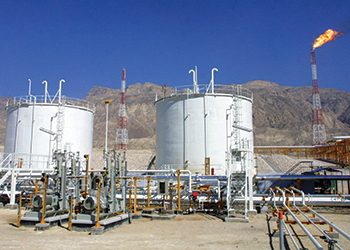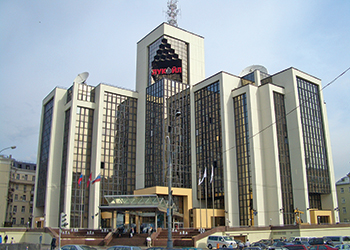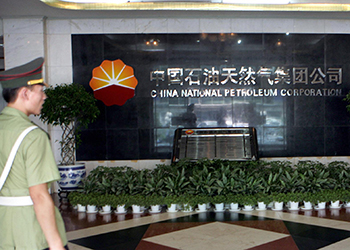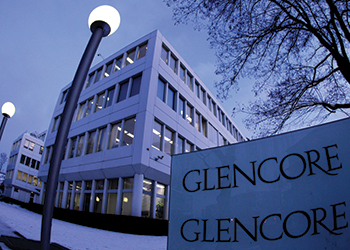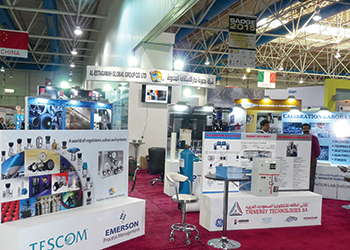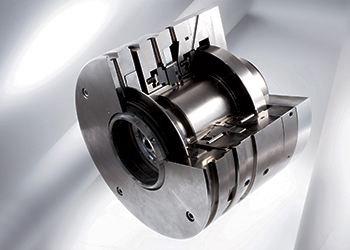
India is engaging Iran not only for hydrocarbon supplies but also for access to a strategic port
Just weeks after his landmark visit to Saudi Arabia, Indian Prime Minister Narendra Modi travelled to the kingdom’s arch-rival Iran as New Delhi makes a diplomatic tilt to Tehran.
Modi is engaging Iran not only for hydrocarbon supplies but also access to a strategic port on the Gulf of Oman, as well as to mineral-rich neighbour Afghanistan and a trade corridor running up through Central Asia into Russia.
His visit brightened the prospects of India’s state-run explorers signing a deal to develop the Farzad B gas field in Iran’s offshore Farsi Block without getting into a bidding process.
ONGC Videsh, the overseas investment arm of India’s state-run Oil and Natural Gas Corp, refiner Indian Oil Corp and explorer Oil India were never able to start production at the block because of Western sanctions on Tehran, despite discovering gas there in 2008.
Indian government records show there were enough reserves to produce 9.7 trillion cubic feet (275 billion cubic metres) of gas over 30 years, although sending the gas to India would be a logistical and political challenge. Indian gas supply in the financial year ended March 31 was about 53.3 bcm.
Before heading to Riyadh, the prime minister went to the United Arab Emirates last August, while Indian Oil Minister Dharmendra Pradhan and Foreign Affairs Minister Sushma Swaraj are among high-level Indian officials to have travelled to Iran in recent months to lay the ground for a successful Modi visit.
As the US role in the region is perceived to be declining thanks to its lower reliance on oil imports, Mideast countries are seeking new partners and India wants to be an influential force. For Mideast oil exporters, India represents their biggest potential growth market, with its oil demand growth outpacing China’s at 16.4 per cent year-on-year in March.
India has agreed to lift its crude oil imports from Iran to 400,000 barrels per day in the current financial year started April 1, up from some 231,000 bpd last year, while Iran, keen to hoist its exports up to pre-sanctions levels, wants to boost that volume to 500,000 bpd.
New Delhi is looking for Mideast countries to invest in its refineries, petrochemical plants and strategic storage, and wants to sent its upstream firms to explore in the Mideast Gulf, Pradhan said recently.
Although he said Iran would decide by October whether to award a development contract for Farzad B to the Indian state trio, analysts say Modi’s visit could lead to the signing of some sort of a definitive agreement. Japan has also been linked with a role at the port.



















































































